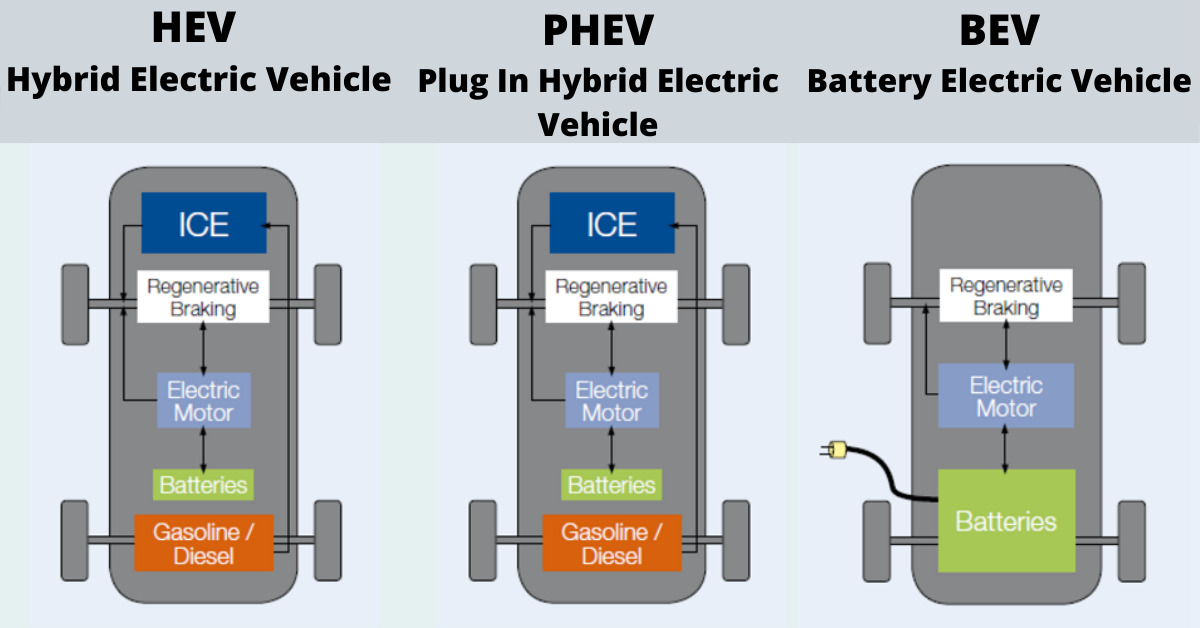In the bustling city of Hong Kong, ensuring the well-being and safety of employees is not just a moral obligation but a legal requirement. One crucial aspect of this responsibility is taking out Employees’ Compensation Insurance (ECI). This guide aims to provide employers with a comprehensive understanding of ECI, its importance, and the steps involved in obtaining and maintaining it.
The Legal Requirement
Under the Employees’ Compensation Ordinance, employers are legally obligated to take out ECI. This insurance covers the employer’s liability to pay compensation to employees who suffer injury or death from an accident arising out of and in the course of employment, or who suffer from a prescribed occupational disease. The stakes are high for non-compliance, with a maximum fine of HK$100,000 and imprisonment for two years. Therefore, it is essential for employers to understand and fulfill this legal requirement.
How to Obtain ECI
Employers can obtain an ECI policy through two primary channels: directly from an insurance company authorized to operate in Hong Kong or through an insurance intermediary, such as an insurance agent or broker. The process involves providing accurate and detailed information about the business and its employees.
Key Information to Provide
When taking out ECI, employers must provide the following information and documents:
– Business Information: Type of business and business registration details.
– Employee Information: Job titles, number of employees, actual earnings, usual workplace locations, and whether employees are full-time or part-time. Additionally, any requirements for employees to work or take business trips outside Hong Kong should be noted.
– Recent Claims Records: Information about any recent claims related to employee injuries or occupational diseases.
– Recent MPF Contribution Records: Details of contributions made to the Mandatory Provident Fund (MPF).
– Relevant Tax Returns/Accounting Records: Financial documents that support the business and employee information provided.
Ensuring Accuracy and Completeness
Accuracy is paramount when providing information for ECI. Employers should:
1. Provide Accurate Information: Ensure that the number and actual earnings of employees are correctly reported, covering all employees regardless of their employment contract or working hours.
2. Check Policy Details: Verify the accuracy of the information stated in the insurance policy and pay attention to any additional clauses.
3. Renew in Advance: Renew the policy before it expires to avoid any gaps in coverage and to comply with the Ordinance.
4. Update Regularly: Provide a detailed declaration to the insurance company within the stipulated period, including any changes in employment conditions during the policy period.
5. Avoid Underreporting: Be aware that underreporting or mis-stating material information can lead to the repudiation of claims or a reduction in compensation.
Determining the ECI Premium
The ECI premium is determined through a risk assessment that considers several factors:
– Underwriting Risks: The risks associated with different industries and occupations.
– Total Earnings of Employees: The combined earnings of all employees.
– Employer’s Claims History: The frequency and severity of past claims.
– Occupational Safety and Health Measures: The effectiveness of safety and health practices in the workplace.
– Accident Rates: The frequency of accidents in the industry.
– Market Conditions: Current market trends and conditions.
– Underwriting Guidelines and Operational Costs: The insurance company’s specific guidelines and operational costs.
Obtaining Premium Discounts and Special Offers
Employers can reduce their ECI premiums and obtain special offers by:
1. Acquiring Safety-Standard Devices and Facilities: Investing in safety equipment and infrastructure.
2. Providing Occupational Safety and Health Training: Ensuring employees are well-trained in safety and health practices.
3. Ensuring Employee Qualifications: Encouraging employees to complete specified training and obtain relevant qualifications.
4. Conducting Regular Workplace Inspections: Regularly assessing and improving workplace safety and health conditions.
5. Implementing Preventive Measures: Taking steps to prevent the recurrence of work-related accidents.
Addressing Difficulties
If employers encounter difficulties in obtaining ECI, they can contact the Employees’ Compensation Insurance Residual Scheme Bureau. This bureau acts as a market of last resort, ensuring that employers can acquire the necessary insurance coverage.
Additional Resources
For more information and assistance, employers can contact the following organizations:
– Labour Department: www.labour.gov.hk, 2717 1771
– Insurance Authority: www.ia.org.hk, 3899 9983
– The Hong Kong Federation of Insurers: www.hkfi.org.hk, 2520 1868
– The Employees’ Compensation Insurance Residual Scheme Bureau: www.ecirsb.com.hk, 2591 9316
By understanding and adhering to the requirements and best practices for ECI, employers can ensure the safety and well-being of their employees while complying with legal obligations. This not only protects the workforce but also contributes to a more stable and productive business environment.



